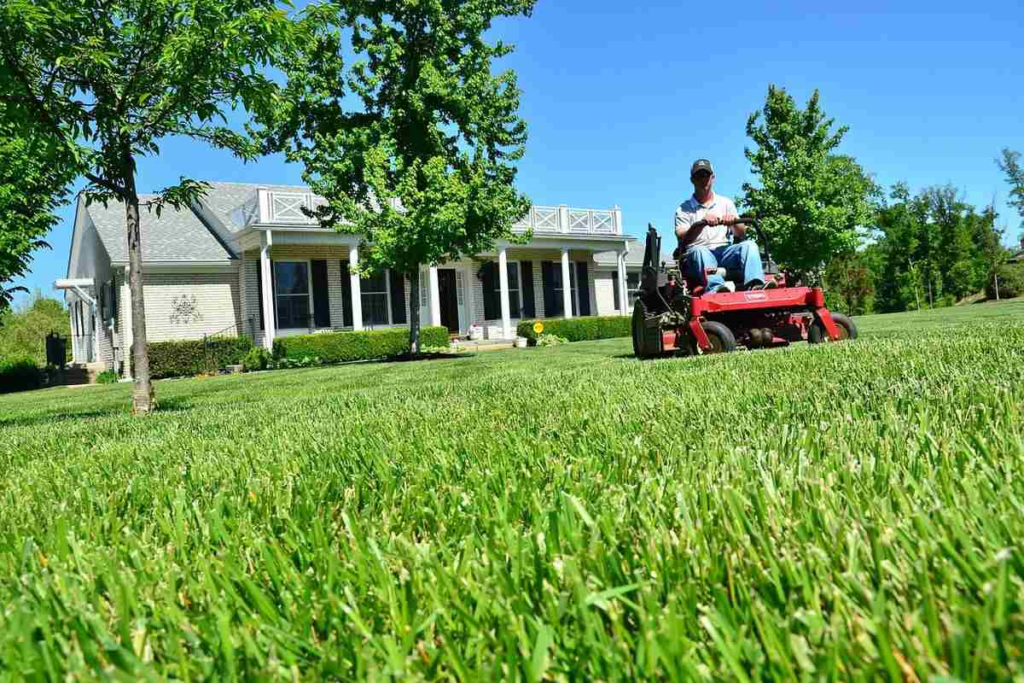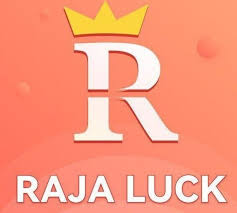When Should You Fertilize Your Irving Lawn?
Fertilizing your lawn is an act of maintaining a lush, green landscape. For Irving residents, this means knowing when best to fertilize. This change in seasons and different Texas weather conditions add a nuance to this aspect of Irving lawn care. This blog is a look at when to fertilize your lawn, what kind of fertilizer to use, and how different variables influence the timing of such fertilization.
Knowing Why Lawn Fertilization Matters
Before exploring some specific advice on when to fertilize, it’s useful first to have an idea of why you might even bother to use fertilizers. Fertilizers provide grass with nutrients that are essential to grow in healthy, vigorous quantities. These three nutrients comprise nitrogen, phosphorus, and potassium; each has a unique purpose in lawn health:
- Nitrogen: Stimulates vigorous growth and rich, healthy green color. It does an important job during the active growing season.
- Phosphorus (P): Supports root development and flowering. Used on new lawn or overseeding.
- Potassium (K): Boosts resistance to drought, disease, and overall strength. Readies your lawn to deal with environmental stressors.
As a reminder, frequent fertilization allows your lawn to be presented with the necessary nutrients to thrive in great conditions, and appearance and toughen up against pests and diseases.

Best Time To Fertilize Lawn in Irving End
The timing for fertilizing will depend on the variety of grass you have in your lawn and your specific growing conditions. In Irving, either cool-season grasses or warm-season grasses are the most predominant type of lawn, and each has its specific ideal fertilization schedule.
1. Fertilizing Cool Season Grasses
Cool-season grasses include Kentucky bluegrass, fescue, and ryegrass, which do well in spring and fall when temperatures are cool. Here’s when to fertilize:
- Early Spring (March to April): Fertilizing when grass is just beginning to green up in early spring is a priority in encouraging healthy growth following winter dormancy. Use a balanced fertilizer with a higher nitrogen content since it is the best time to encourage early growth.
- Fall for Cool-Season Grasses: Because of the invigoration it brings to the grass, fall is also considered a significant season for fertilizing cool-season grasses. Through this fertilizing, the roots are strengthened and the grass is prepared in order to face the dormancy of winter. This season’s fertile feeding is when a balanced N-P-K fertilizer with a slow release is suitable as it feeds the grass while preparing the grass for more acute months.

2. Fertilizing Warm-Season Grasses
Some species prefer the warmth of summers and thrive with Bermuda grass, zoysia grass, and buffalo grass, for example.
- Timing: In general, the ideal time to apply fertilizers to warm-season grasses is during late April or early June when the temperatures are between 65°F to above during the day, conducive to laying down a nitrogen-based fertilizer.
- Late Summer (August to September): In late summer, second fertilization is also helpful, especially to grasses growing actively in this period. A slow-release fertilizer can allow the growth to be sustained until the approaching fall temperatures that require preparation of grass blades.
Factors Affecting the Fertilization Period
There are several factors that may influence when and how you should fertilize your lawn in Irving. Knowing these can help you achieve a more tailored schedule on fertilization.
1. Test Soil Before Applying Fertilizer
Fertilizer is applied to the lawn based on a recommendation from its test. This will allow the lawn owner to know the nutrient composition of his or her soil, including pH levels and nutrient deficiencies. With these results, one can adjust the fertilization schedule according to that soil test report and then choose the right type of fertilizer suitable for your lawn.
2. Weather Conditions
One of the factors determining the exact fertilizing time for your lawn includes weathering. Some other things to consider include:
- Temperature: As mentioned above, temperature is crucial. Grass will begin growing when soil temperatures reach 50°F for cool-season grasses and about 65°F for warm-season grasses. Checking the soil temperature will aid you in establishing a suitable time for fertilization.
- Recent Rainfall: This is yet another factor that fertilization sometimes cannot ignore. Overly saturated land may result in runoff if fertilizer is applied, therefore wasting nutrients. Dry soil, on the other hand, means that, after fertilizing the lawn, the lawn needs to be watered so the nutrients can be absorbed into the soil properly.

3. Grass Type
Different grass types have different nutrient requirements and growth patterns. Knowing your grass type will enable you to determine how to best fertilize it.
- Growth Habits: Cool-season grasses grow actively in the spring and fall, whereas warm-season grasses grow during summer. Fertilization at these growth periods is very important.
- Lawn Maturity: Newly sown or overseeded lawns may require different fertilizing approaches than established ones. Starter fertilizer is meant to encourage newly sown grass, whereas established lawns require fertilizers normally applied in their respective growing cycles.
Different Types of Fertilizers for Your Lawn
Once you have chosen your fertilizing time, you also need to make the right type of fertilizer for your lawn. Some of them are as follows:
1. Granular Fertilizers
Granular fertilizers are one of the most used forms of lawn fertilizers. They will make a good supply of nutrients over a period and can be very easy to apply on the lawn.
- Slow-Release Fertilizers: These fertilizers slowly release nutrients in the lawn, thereby providing your grass with a steady nutrient supply throughout. They help in consistent growth and reduce the risk of nutrient runoffs.
- Fast-Release Fertilizers: Their primary characteristic is that they provide an instant nutrient boost, but a quick fix is certainly helpful but tends to lead to rapid growth followed by a dip in nutrient availability.
2. Liquid Fertilizers
Liquid fertilizers come as a second alternative to which application can be done by a spray system or even a garden sprayer. They are absorbed into grass quickly, making them suitable for correcting nutrient deficiencies quickly.
- Foliar Feeding: Liquid fertilizers can also be applied right onto grass leaves for quick absorption. This can be very viable for cool-season grass during spring.
3. Organic Fertilizers
Organic fertilizers include materials coming directly from natural resources such as compost, manure, or plant material. They improve the structure of soil plus the healthy activity of microbes and provide a slow release of nutrients in the soil.
- Benefits: Organic fertilizers are less likely to burn grass. They are good for the environment. Long-term soil health and sustainability can be aided by them.
Recommended Practices for Fertilizing Your Lawn
The best fertilization ways for your lawn as shown by Irving standards are:
1. Rates
Use of fertilizers should ensure that you follow the recommended application rate indicated on the fertilizer package. Overapplication causes runoff of nutrients and damages the grass, while too little application does not give you enough nutrients for an adequate growth rate.
2. Timing
As noted above, critical is the timing of application based on your grass types and the local climate conditions. Aim to hit those recommended timeframes pointed out in this blog.
3. Irrigation After Fertilizing
In applying fertilizer, post-fertilizer irrigation ensures that nutrients are well absorbed by the soil and reach their target depth in the grasses. However, avoidance needs to be made here as immediate irrigation directly after application can cause “runoff” and a potential loss of nutrients.
4. Do Not Fertilize Before Heavy Rainfall
If you know that heavy rain is ahead, just delay your plans for fertilizing. Too much rain will undoubtedly wash down the nutrients before they can work on your lawn to bring any wanted effects. You will just be throwing your efforts and money away for nothing.
5. Keep Observing Your Lawn
Monitor your lawn’s health and growth after the fertilization process for signals of nutrient deficiencies, including yellowing turf or stunted growth, and changes in your program could be in order.
Take Your Lawn to New Heights with High-Quality Irving Tree Service from J. Chavez Trees
For maximum impact on your lawn’s health and aesthetics, however, you have to think about the trees and other landscaping features around it. Professionals near you in Irving can provide top-notch Irving tree service to complement lawn care efforts. J. Chavez Trees specializes in tree trimming, removal, and health assessments, which means it ensures your trees are healthy and positively contribute to your landscape. Healthy trees mean an attractive property, shade, and healthy soil, which will contribute positive effects to your lawn. Have a tree care service for your lawn and trees. Learn more about J. Chavez Trees by visiting them today and requesting a free quote. Using their services, you will surely have an incredible exterior with its lawn and trees well displayed!
Conclusion
Fertilizing your lawn is very important in keeping your outdoor space healthy and alive. Knowing when to fertilize, based on grass type, local climate conditions, and best practices, can bring about a significant improvement in the health and appearance of your lawn for the residents of Irving. Being proactive by calibrating your fertilizer schedule in accordance with the needs of your lawn will be portrayed with a lush, green landscape that improves the beauty and value of your property. For more information on lawn care or expert advice on fertilization, consult the local experts so that your lawn will be well taken care of.
After all, there is more to Irving lawn care than just fertilization. It also has to do with the right understanding of what your lawn needs, when it needs to be applied, and how it must be done in order to help grass grow strong and healthy. Happy gardening!













Post Comment